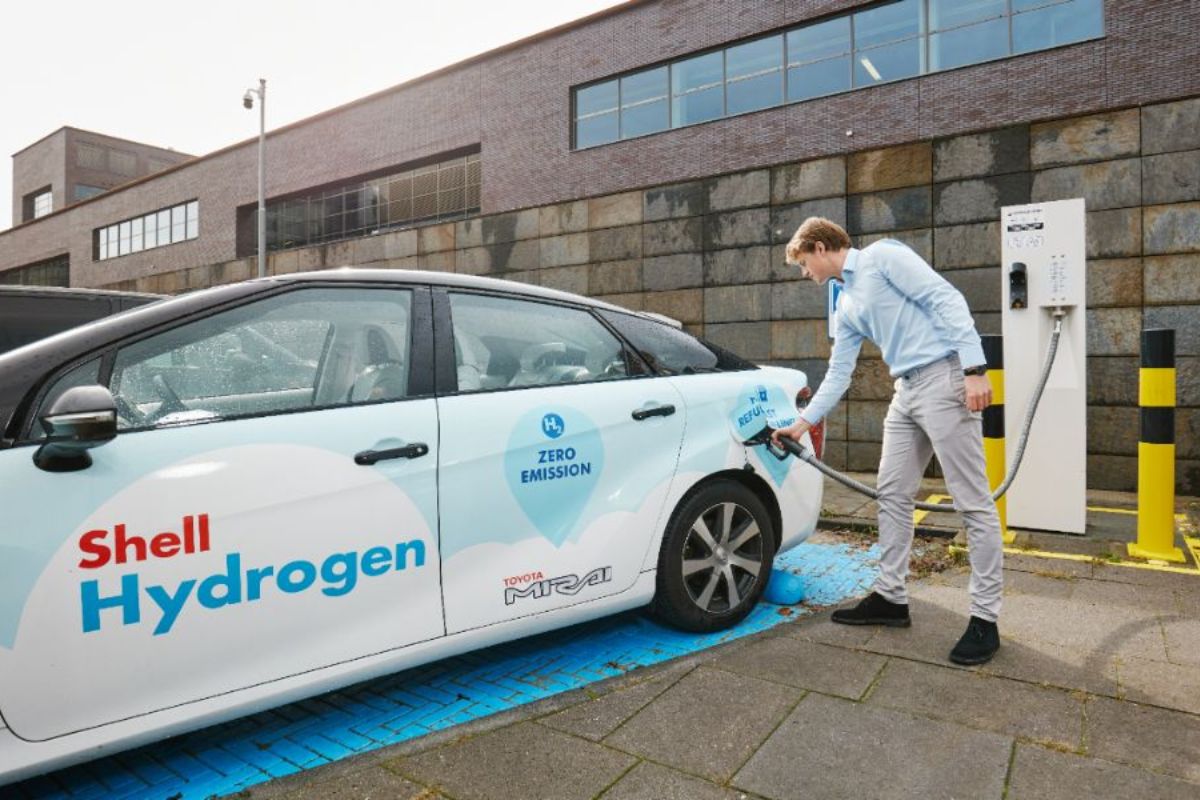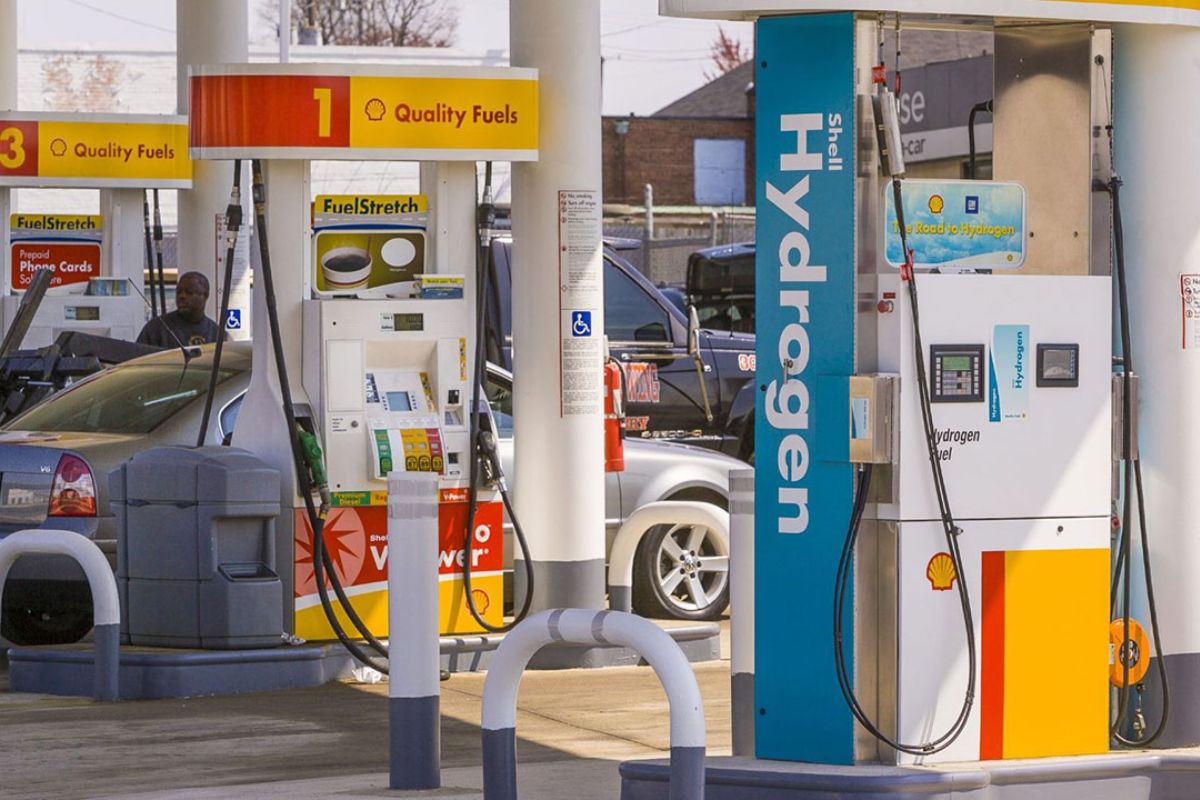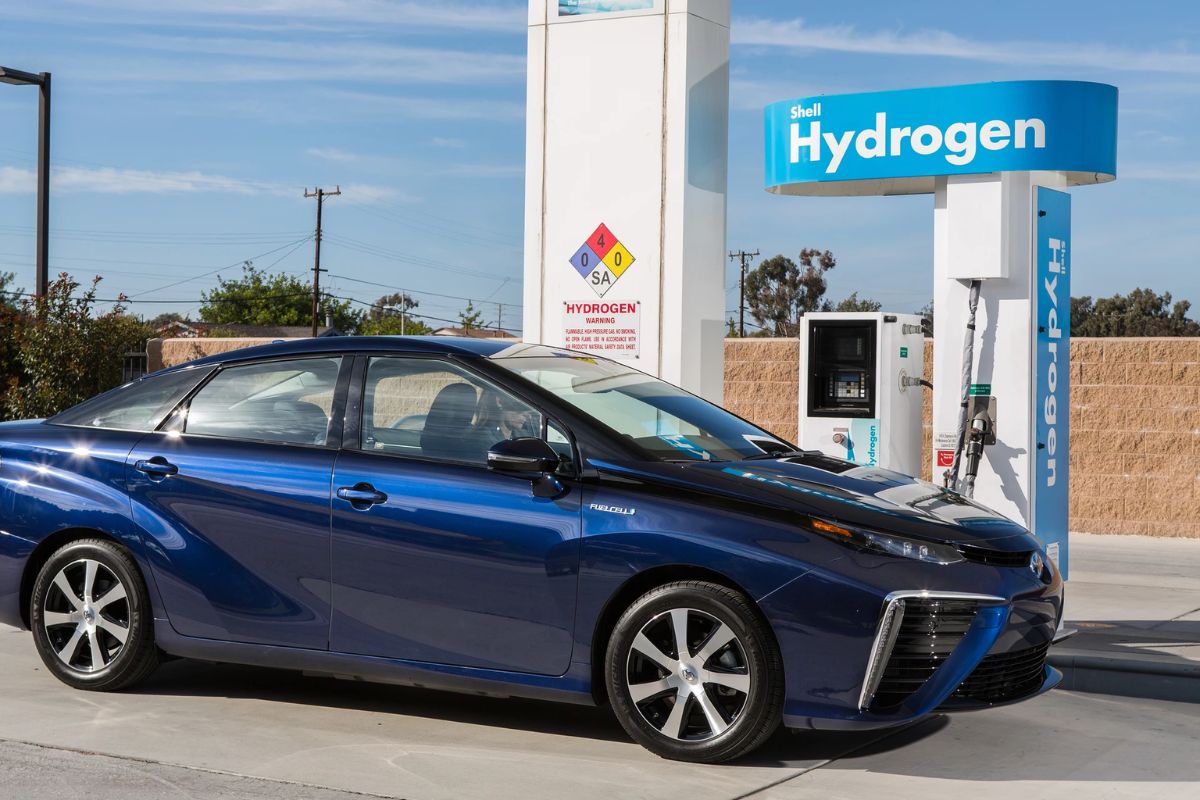Shell California Hydrogen Refueling: Imagine the shockwaves rippling through California’s hydrogen industry as Shell makes a bold decision to halt operations across the state. The sudden move has left many questioning the future of hydrogen fuel in the region and the implications it may have on the wider renewable energy landscape. Stay tuned to uncover the intricate web of factors that led to this surprising announcement and what it could mean for the future of clean energy initiatives in California.
Key Takeaways
- Shell permanently closed seven hydrogen stations in California due to supply chain challenges and market influences.
- Shell’s restructuring includes the permanent closure of five refueling stations, signaling a strategic shift in operations.
- Despite Shell’s exit, other operators like True Zero, Iwatani, Messer, and Air Products maintain active hydrogen stations.
- The closure of strategically located stations underscores the intricate balance between supply chain logistics and market dynamics.
Shell Permanently Closes Seven Hydrogen Stations in California
Amid supply challenges and external market influences, Shell has made the strategic decision to permanently shutter seven hydrogen stations in key locations across California. This move, impacting areas such as Berkeley, Citrus Heights, San Francisco, Sacramento, and San Jose, marks a significant shift in Shell’s hydrogen operations within the state. The decision to close these stations is a response to the complexities Shell faces in ensuring a stable hydrogen supply chain and navigating the unpredictable forces at play in the market.
 Earlier Move to Temporarily Shut Down Refueling Stations
Earlier Move to Temporarily Shut Down Refueling Stations
During a time of transition and adaptation, Shell had undertaken a temporary shutdown of five refueling stations in 2023. This decision marked a strategic move by Shell in response to shifts in the hydrogen fuel sector. Initially planned as a temporary measure, these five stations have now been confirmed to remain permanently closed, aligning with Shell’s broader reevaluation of its hydrogen operations in California.
The temporary shutdown was a precursor to the subsequent permanent closure of seven hydrogen stations, showcasing Shell’s deliberate and calculated approach to restructuring its presence in the state. This phased strategy underscores Shell’s commitment to navigating the evolving landscape of alternative fuels while ensuring a sustainable business model for the future. By proactively adjusting its operations, Shell demonstrates a forward-thinking mindset and a willingness to adapt to changing market dynamics, setting a precedent for strategic decision-making in the energy industry.
California’s Hydrogen Landscape Beyond Shell
As Shell reevaluates its hydrogen operations in California, a diverse landscape emerges with operators like True Zero, Iwatani, Messer, and Air Products maintaining active hydrogen fuel stations across the state. This shift showcases the resilience and commitment of other key players in the hydrogen fuel industry, ensuring that the infrastructure remains intact despite Shell’s exit.
True Zero, for instance, has been a prominent figure in the hydrogen fueling sector, with a network of stations that continues to cater to the growing demand for clean transportation options. Iwatani, Messer, and Air Products also play vital roles in upholding California’s hydrogen infrastructure, providing drivers with accessible refueling stations to support the adoption of hydrogen-powered vehicles. The presence of these operators underscores the robustness of California’s hydrogen landscape, signaling a promising outlook for hydrogen fuel technology beyond Shell’s decision to halt its operations.
Specifics of Shell’s Closed Stations
Shell’s closed hydrogen stations in California, strategically located in Berkeley, Citrus Heights, San Francisco, Sacramento, and San Jose, were shuttered due to challenges in the hydrogen supply chain and broader market dynamics. These stations, once vital nodes in California’s hydrogen infrastructure, faced insurmountable obstacles that led to their permanent closure. The decision by Shell to halt operations at these locations signifies a shift in the hydrogen landscape, reflecting the intricate interplay between supply chain logistics and market forces.
Berkeley, Citrus Heights, San Francisco, Sacramento, and San Jose were not just arbitrary choices for these stations; they were strategically positioned to serve the growing demand for hydrogen fuel in key urban centers. However, the complexities of sourcing and delivering hydrogen, coupled with evolving market trends, made it unsustainable for Shell to continue operating these stations.
The closure of these stations serves as a poignant reminder of the challenges inherent in the hydrogen economy and highlights the need for innovative solutions to ensure the long-term viability of hydrogen as a clean energy alternative.
Scrapped Plans for Additional Hydrogen Refueling Stations
Amid shifting dynamics in the hydrogen fuel market, plans for additional hydrogen refueling stations in California have been scrapped by the company. Initially, Shell had ambitious intentions to construct 48 hydrogen refueling stations across the state. However, a strategic shift has led to the abandonment of these plans, signaling a reevaluation of Shell’s position within the evolving hydrogen fuel infrastructure landscape.
The decision to halt the expansion of hydrogen refueling stations in California reflects Shell’s adaptability to market conditions and its willingness to adjust its operational strategies accordingly. By reassessing the feasibility and long-term viability of such endeavors, Shell is demonstrating a proactive approach to navigating the complexities of the hydrogen fuel sector.
As Shell recalibrates its focus in response to the changing dynamics of the hydrogen fuel market, the company’s decision to forgo additional hydrogen refueling stations underscores the importance of flexibility and strategic planning in the pursuit of sustainable energy solutions. This move highlights the need for industry players to continuously evaluate and adjust their strategies to remain competitive in a rapidly evolving landscape.
Also Read: New Legislation Bill Aims to Address California Literacy Crisis
Conclusion Of Shell California Hydrogen Refueling
Shell’s decision to permanently close seven hydrogen stations in California is a significant setback for the state’s hydrogen landscape. With scrapped plans for additional refueling stations, the future of hydrogen fuel in California remains uncertain. This move raises questions about the viability and sustainability of hydrogen as a clean energy solution. Stay tuned for updates on how this decision may impact the state’s efforts to reduce emissions and transition to cleaner transportation options.
Our Reader’s Queries
Who owns hydrogen stations in California?
ICA, an expanding network, manages Iwatani-branded hydrogen refueling stations in California. With headquarters in Houston, Texas, and Santa Clara, California, Iwatani Corporation of America oversees these operations.
Which country has the most hydrogen refueling stations?
China leads globally in hydrogen fuel stations, boasting 250 operational ones as of April 2022. Following closely is Japan, with 161 hydrogen refueling stations.
Who is the largest manufacturer of hydrogen?
Linde (NYSE: LIN), a prominent global industrial gases and engineering firm, has been at the forefront of hydrogen production for over a century. The company is recognized as a pioneer in adopting innovative hydrogen production technologies.


 Earlier Move to Temporarily Shut Down Refueling Stations
Earlier Move to Temporarily Shut Down Refueling Stations
